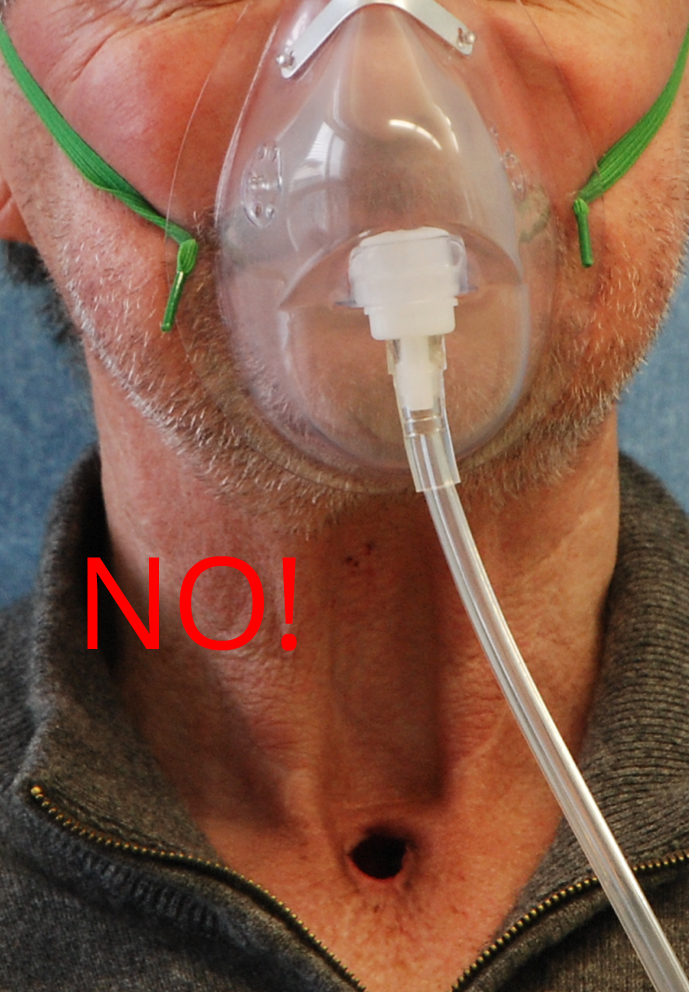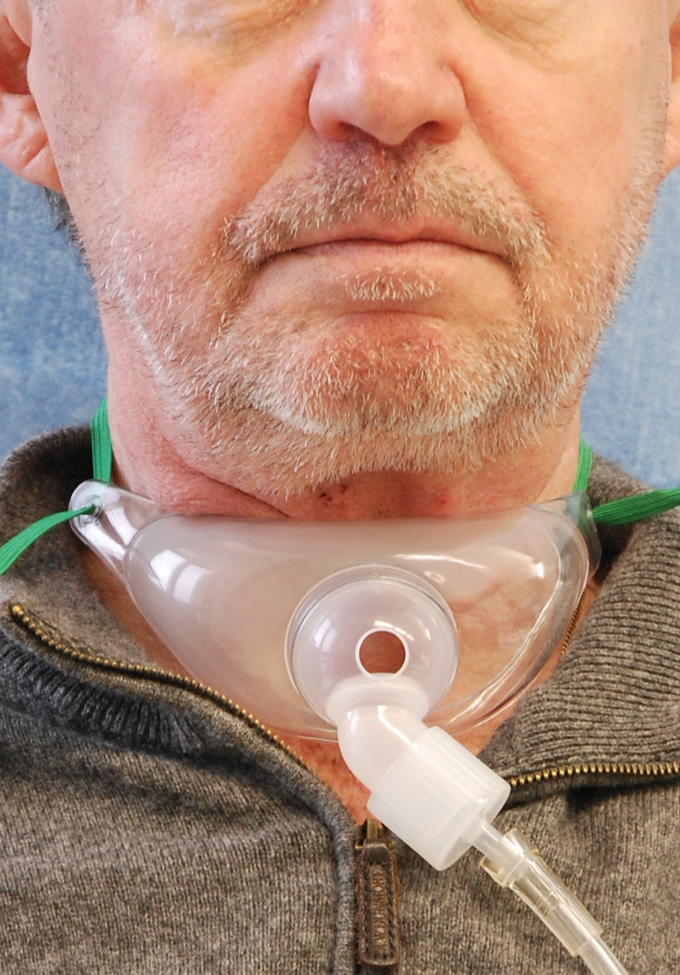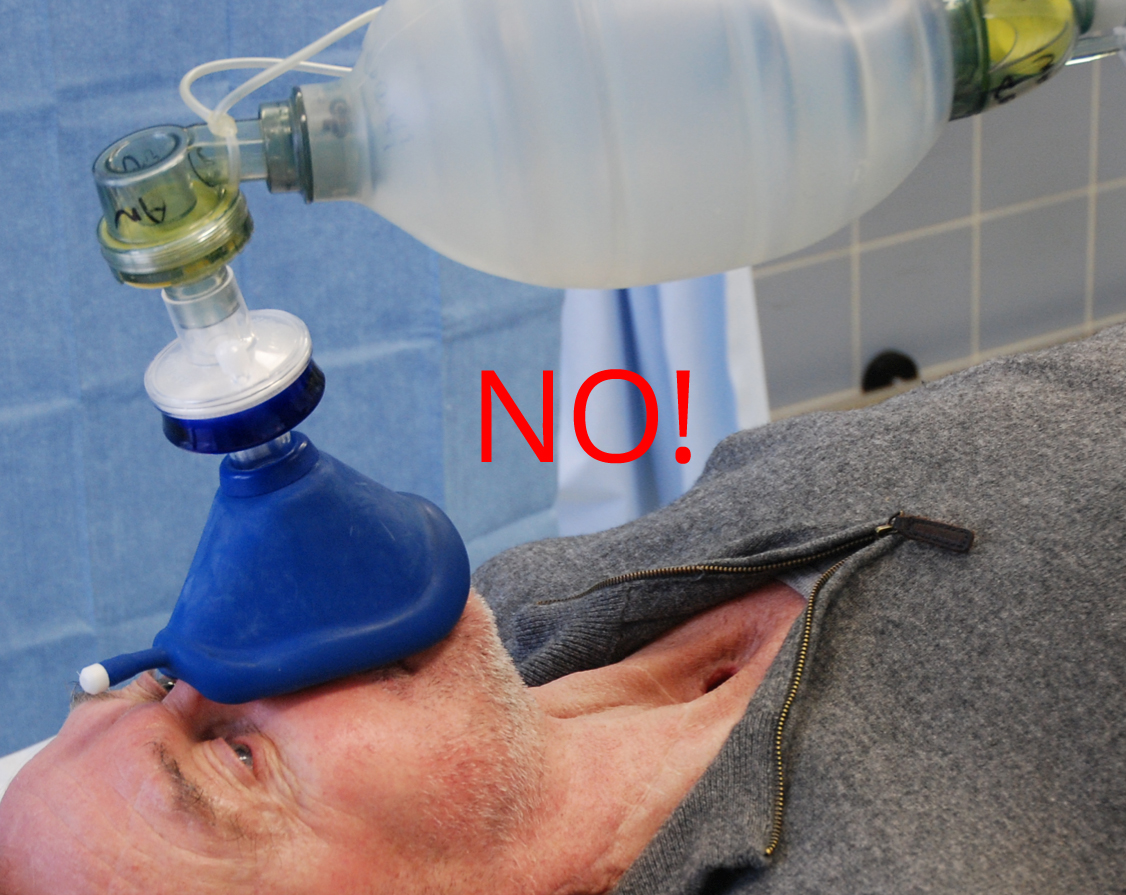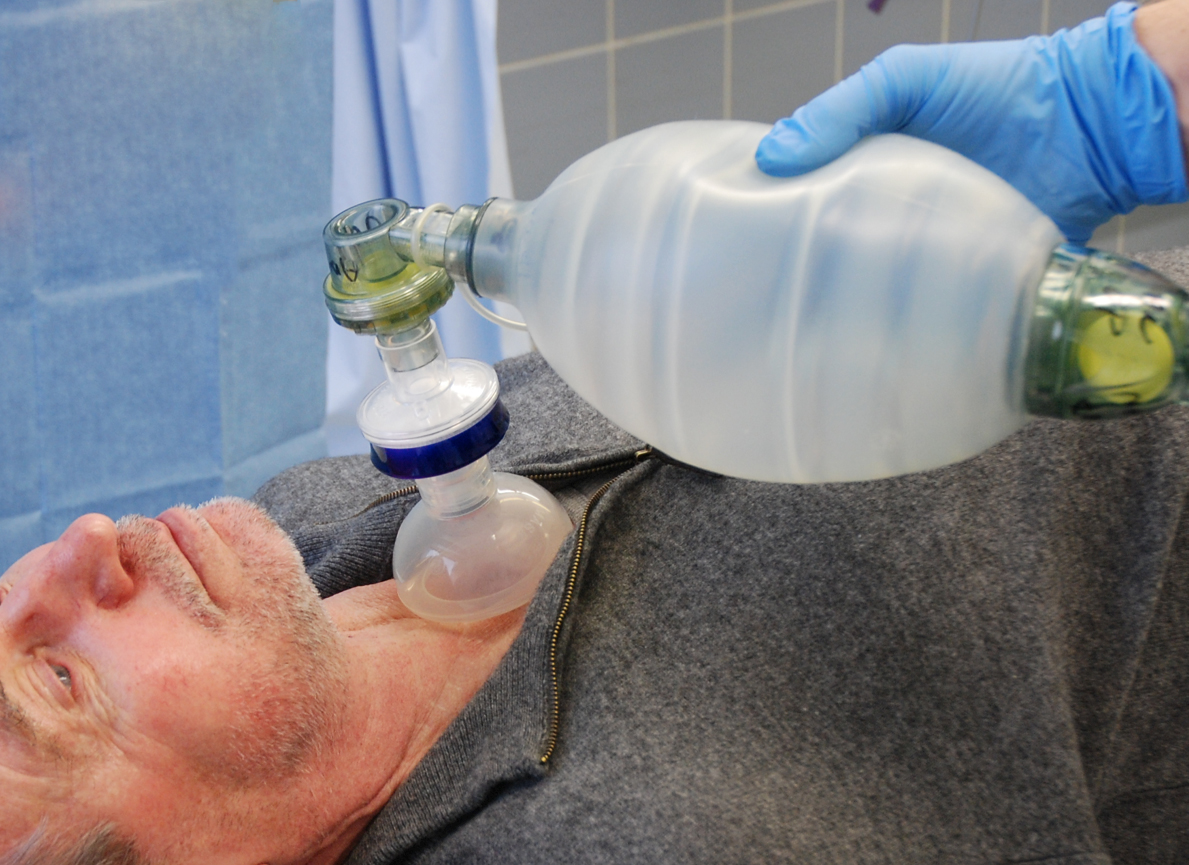First Aid on Laryngectomees
In case a laryngectomee needs first aid in an accident or a sudden and severe disease (e.g. heart attack) mayor problems may present, as only very few people know about the specifics of first aid on a laryngectomee. Even medical professionals may not be well trained in managing emergency situations of laryngectomees.
Certainly the basic rules of first aid and the chain of survival apply to laryngectomees, too. Find further information on first aid and the chain on survival here:
http://www.chainofsurvival.com
http://www.mayoclinic.com/health/FirstAidIndex/FirstAidIndex
(Keep in mind that phone numbers for emergency calls differ from country to country. Do you know the valid emergency number in your area?)
BUT: In laryngectomees first aid requires some essential modifications especially if it comes to securing the airway, oxygen supply and artificial respiration
Position
The recovery position is generally recommended in basic life support, to prevent airway obstruction and aspiration. As in laryngectomees the respiratory tract is securely divided from mouth and foodpipe, aspiration is very unlikely to occur. In recovery position the tracheostoma is not visible and can be covered by cloth easily. It is therefore not recommended for laryngectomees. Preferable is a supine position with free access to the tracheostoma.
Oxygen Supply
In an emergency, many patients are given oxygen with an oxygen mask. It is important to consider that in laryngectomees it is not possible to provide oxygen via the nose or mouth. Oxygen has got to be provided via the tracheostoma.
Artificial Ventilation
Mouth to mouth breathing or mouth to nose breathing as it is used in classic first aid can not be used in laryngectomees. Artificial ventilation of laryngectomees has got to be performed through the tracheostoma. If an anesthesia bag is used for artificial ventilation it should be used in combination with a small round mask (childrens mask) instead of a face mask as the round mask provides a better seal around the tracheostoma. As an alternative a (flexible) endotracheal/tracheostomy tube can be inserted into the tracheostoma.
Laryngectomy - Special Emergencies
Life threatening situations can occur if drying mucus forms growing deposits in the trachea that block the airway. Complete airway obstruction can result from these deposits. As the diameter of the tracheal airway gets smaller, a stridor (wheezing sound during inspiration and exspiration) may be an alarm sign before the airway is blocked completely and respiratory distress will follow.
Therefore the airway (tracheostomy tube, tracheostoma, trachea) of a laryngectomee suffering from acute dyspnea has to be checked immediately. If the tracheostomy tube is blocked by deposits of mucus it has got to be replaced by a clean one quickly. If dyspnea persist the lower airways should be checked for plugging crusts with the help of an endoscope. To remove larger deposits of mucus and crusts from the lower trachea may be challenging and dangerous. Therefore it should be performed by medical staff in a medical unit with adequate equipment.
With the help of a humidifier, steam inhalation, suction of secretions and coughing the development of larger deposits in the trachea can be prevented. The most effective way to prevent crusts and deposits of mucous in the trachea is to use an HME for 24 hours a day starting at the day of the laryngectomy.
What can I do myself as a Laryngectomee?
Brief your family and friends
In an emergency situation family or friends may be around and can help if they know what to do. Therefore it is of particular importance to inform your family and friends of the special needs of a laryngectomee in case of an emergency.
Medical identification bracelets, necklaces and medallions
As laryngectomees may not be able to speak even in a minor emergency, it is very helpful if important information on medical conditions, allergies, medication and emergency contacts are provided by e.g. a medical identification bracelet.
Respiratory Mask
Respiratory masks for laryngectomees (round masks) are typically not included in standard first aid boxes. Therefore it may be useful to carry an appropriate respiratory mask for example in the car.
Personal Alarm
Personal alarm devices produce a sound and light alarm if the alarm button is pressed. As many laryngectomees are unable to shout for help a personal alarm may replace shouting in an emergency situation that requires attraction of help.




